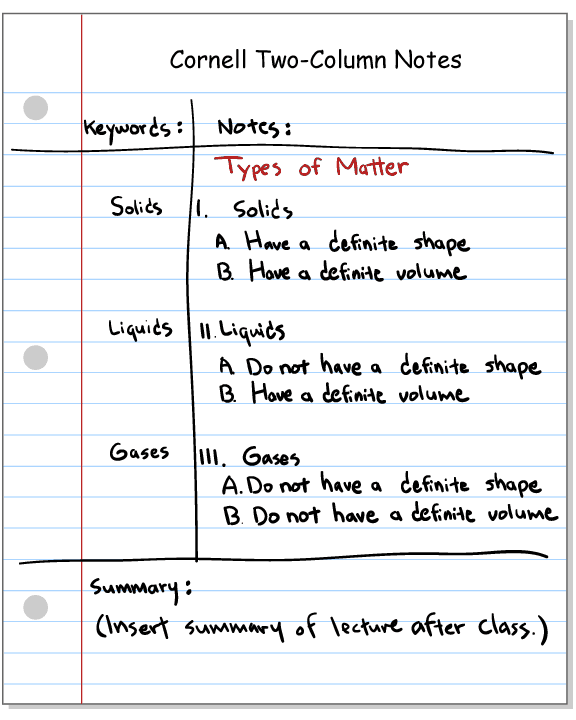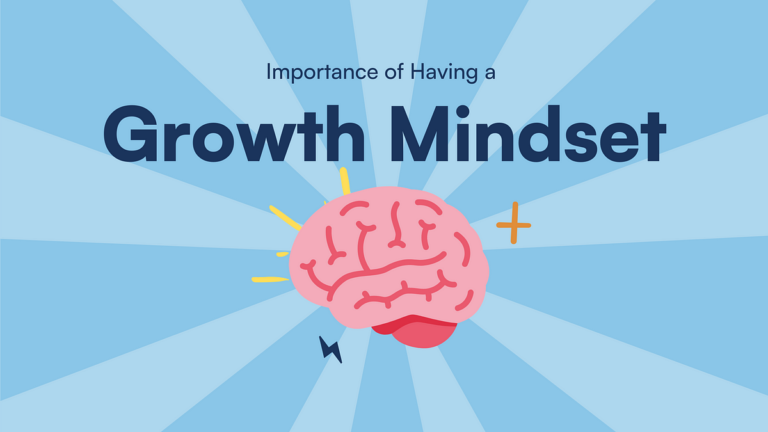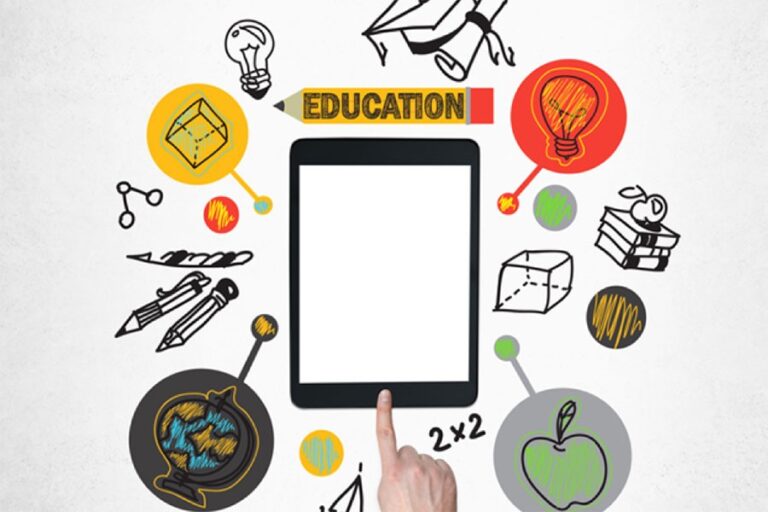Strategies for Effective Note-Taking
Effective note-taking is a crucial skill for students, professionals, and lifelong learners alike. It not only aids in retaining information but also enhances understanding and comprehension of complex topics. This article explores various strategies for effective note-taking that can help you maximize your learning potential.
Understanding the Importance of Note-Taking
Note-taking serves several important functions:
- Enhances Retention: Writing information down helps solidify it in your memory.
- Promotes Understanding: Active engagement with the material aids in deeper comprehension.
- Serves as a Study Aid: Well-organized notes can be invaluable for exam preparation and review.
- Encourages Organization: Good notes help structure your thoughts and concepts logically.
Different Note-Taking Methods
2.1 The Cornell Method
The Cornell Method divides the page into three sections: cues, notes, and summary.
- Notes Section: Take detailed notes during lectures or readings.
- Cues Section: After the lecture, write keywords or questions in the left-hand column that correspond to the notes.
- Summary Section: At the bottom of the page, summarize the main points in your own words.
This method encourages reflection and aids in reviewing material.
2.2 Mind Mapping
Mind mapping is a visual technique that helps organize information hierarchically.
- Central Idea: Write the main topic in the center.
- Branches: Draw branches for subtopics, using keywords and images.
- Connections: Use lines to show relationships between ideas.
Mind maps are particularly useful for brainstorming and understanding complex topics.
2.3 Outline Method
The Outline Method involves organizing information hierarchically, using bullet points and indentation.
- Main Topics: Use Roman numerals for main topics.
- Subtopics: Indent and use capital letters for subtopics.
- Details: Use numbers or lowercase letters for supporting details.
This method is effective for linear subjects and structured presentations.
2.4 Charting Method
The Charting Method is useful for comparing and contrasting information.
- Columns and Rows: Create a table with headings for different categories.
- Data Entry: Fill in the table with relevant information during lectures.
This method works well for subjects like history or science, where relationships between data points are crucial.
2.5 Sentence Method
The Sentence Method involves writing each new piece of information on a separate line.
- Conciseness: This method encourages brevity, capturing key points quickly.
- Sequential Notes: Each line represents a new thought or idea.
While this method can lead to more disorganized notes, it allows for rapid note-taking in fast-paced environments.
Preparation Before Note-Taking
1. Gather Materials
Ensure you have all necessary materials before starting: notebooks, pens, or digital devices.
2. Review Previous Notes
Familiarize yourself with previous notes to create context for new information.
3. Set Objectives
Determine what you aim to learn from the lecture or reading session, guiding your focus.
Active Listening Techniques
1. Focus on the Speaker
Give your full attention to the speaker, minimizing distractions.
2. Identify Key Points
Listen for main ideas, supporting details, and examples that illustrate concepts.
3. Use Non-Verbal Cues
Nod, maintain eye contact, and show engagement to enhance your listening experience.
Post-Note-Taking Strategies
1. Review Your Notes
Shortly after the lecture, review and clarify your notes while the information is still fresh.
2. Organize and Edit
Reorganize your notes if necessary, and fill in any gaps in information.
3. Summarize
Write a brief summary of the material in your own words to reinforce understanding.
4. Create Study Aids
Consider turning your notes into flashcards, quizzes, or practice tests for better retention.
Digital vs. Handwritten Notes
Advantages of Digital Notes
- Organization: Easy to categorize and search for information.
- Accessibility: Accessible across devices and platforms.
- Editing: Simple to edit and update notes.
Advantages of Handwritten Notes
- Memory Retention: Studies suggest that writing by hand enhances memory.
- Personalization: Allows for more creative expression and personalization.
- Focus: Reduces the temptation to multitask or get distracted by the internet.
Conclusion
Effective note-taking is a skill that can significantly enhance your learning experience. By employing various strategies—such as the Cornell Method, mind mapping, and active listening techniques—you can create a personalized approach that suits your learning style. Regularly reviewing and organizing your notes will further solidify your understanding and retention of the material. Whether you choose to take notes digitally or by hand, the key is to remain engaged and adaptable in your approach. With practice, effective note-taking can lead to greater academic success and lifelong learning.






